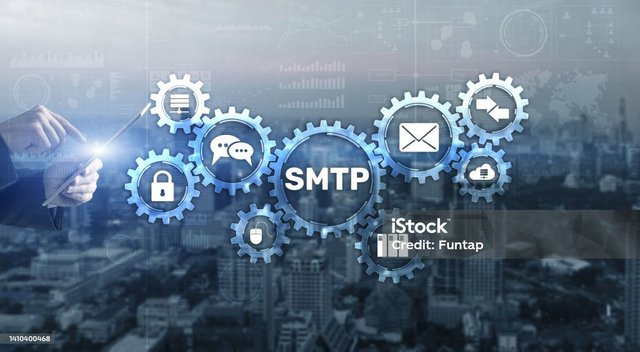Understanding SMTP Servers: A Comprehensive Guide
In the digital communication landscape, Simple Mail Transfer Protocol (SMTP) servers play a pivotal role in the delivery of emails across the internet. This article delves into the intricacies of SMTP servers, exploring their functionality, importance, and how they operate to facilitate email communication.
What is an SMTP Server?
An SMTP server acts as a digital postman for email. It is responsible for sending, receiving, and relaying outgoing mails between senders and recipients. When you hit send on an email, the SMTP server processes your email, decides which server to send it to, and delivers it to the recipient's email server.
How Does an SMTP Server Work?
The process begins when you compose an email and press send. The email client connects to your SMTP server, using your email address and password for authentication. The server then examines the email's domain name in the recipient's email address and directs the email to the corresponding recipient's SMTP server. Upon reaching the recipient's server, the email gets stored in the recipient's mailbox, awaiting retrieval via their email client.
The Importance of SMTP Servers in Email Communication
SMTP servers ensure the seamless transmission of emails over the internet. They are the backbone of email communication, enabling messages to navigate the complex web of networks to reach the intended recipient. Without SMTP servers, email as a reliable communication tool would cease to exist.
SMTP Relay: Expanding Reach Beyond Local Servers
SMTP relay services extend the capabilities of local SMTP servers, allowing emails to be sent to recipients outside the sender's domain. This service is crucial for businesses and organizations that need to send large volumes of emails to clients or subscribers across different domains.
Security Measures for SMTP Servers
Security is paramount for SMTP servers due to the sensitive nature of email communication. To protect against spam and unauthorized access, SMTP servers implement various security protocols, including SMTPS (SMTP Secure), which encrypts the connection using SSL or TLS. Additionally, authentication mechanisms like SPF (Sender Policy Framework) and DKIM (DomainKeys Identified Mail) help verify the sender's identity, ensuring that emails are not spoofed.
Challenges and Solutions
Despite their critical role, SMTP servers face challenges such as spam, phishing attacks, and server blacklisting. To combat these issues, administrators employ advanced filtering techniques, regularly update security protocols, and monitor server health to prevent blacklisting. Collaboration with ISPs and adherence to best practices in email communication further enhance the security and reliability of SMTP servers.
Conclusion
SMTP servers are the unsung heroes of email communication, ensuring that billions of emails reach their destinations every day. Their operation, coupled with robust security measures, makes email a trusted tool for personal and professional communication. As digital communication evolves, the importance of SMTP servers remains undiminished, continually adapting to meet the challenges of a connected world.
Understanding the role and functionality of SMTP servers not only demystifies how emails are sent and received but also highlights the importance of maintaining secure and efficient email communication systems in today's digital age.
